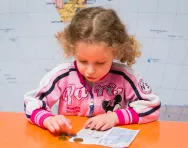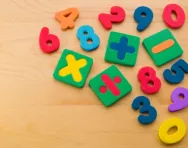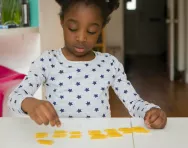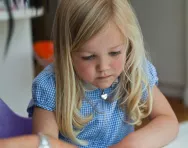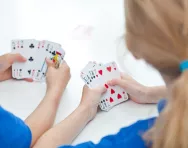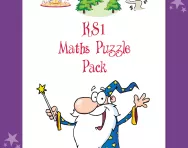Important update from TheSchoolRun
For the past 13 years, TheSchoolRun has been run by a small team of mums working from home, dedicated to providing quality educational resources to primary school parents. Unfortunately, rising supplier costs and falling revenue have made it impossible for us to continue operating, and we’ve had to make the difficult decision to close. The good news: We’ve arranged for another educational provider to take over many of our resources. These will be hosted on a new portal, where the content will be updated and expanded to support your child’s learning.
What this means for subscribers:
- Your subscription is still active, and for now, you can keep using the website as normal — just log in with your usual details to access all our articles and resources*.
- In a few months, all resources will move to the new portal. You’ll continue to have access there until your subscription ends. We’ll send you full details nearer the time.
- As a thank you for your support, we’ll also be sending you 16 primary school eBooks (worth £108.84) to download and keep.
A few changes to be aware of:
- The Learning Journey weekly email has ended, but your child’s plan will still be updated on your dashboard each Monday. Just log in to see the recommended worksheets.
- The 11+ weekly emails have now ended. We sent you all the remaining emails in the series at the end of March — please check your inbox (and spam folder) if you haven’t seen them. You can also follow the full programme here: 11+ Learning Journey.
If you have any questions, please contact us at [email protected]. Thank you for being part of our journey it’s been a privilege to support your family’s learning.
*If you need to reset your password, it will still work as usual. Please check your spam folder if the reset email doesn’t appear in your inbox.
Teachers' tricks for KS1 maths

Since the advent of the Numeracy Strategy teachers have been using various methods to tune children into maths. Here are a few you can try to support your child’s learning at home.
Put the larger number in your head
When encouraging children to do mental arithmetic, teach them to put the largest number (of the two you are adding) in their head. Model this physically as you say it. For example, if the addition is 9 + 4, say: “Right, let’s put the largest number in our heads, so that’s nine.” Then tap your head and say: “So we’re putting nine in our heads and then counting on four.” This clear, precise modelling will help them to learn this useful strategy. Once they have put the largest number ‘in their head’ they can then use their fingers to count on.
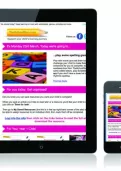
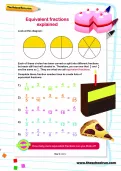
Boost your child's maths & English skills!
- Follow a weekly programme
- Maths & English resources
- Keeps your child's learning on track
Use tangible objects
Many children (more often boys) are kinaesthetic learners, which means they learn through doing. As children move tangible objects around it helps them comprehend the concept of numbers more deeply. You can use anything you want – buttons, pebbles, or, if you’re struggling to get them enthused, something they’re crazy about like cars or Lego.
Look at number lines and 100 squares
At school, children in Key Stage 1 will be using number lines and number squares (or 100 squares) regularly. Depending on their learning style some will find it more beneficial than others, but it’s certainly worth a try.
Draw pictures
This works first of all because many children enjoy drawing and secondly because it gives a physical representation of the addition. Urge your child to keep the drawings small and basic (otherwise you’ll be there all day!).
Practise rapid re-call
In Key Stage 1 learning number facts is a principal focus. For example, children are expected to learn number bonds to ten (e.g. 7 + 3 = 10, 9 + 1= 10 etc.) Support your child by reciting the possible combinations together. Also explain that you can always swap the number order around when it comes to addition, so if 6 + 4 = 10 so does 4 + 6.
Encourage adding in real-life situations
The fundamental point of numeracy is that children (and the adults they’ll grow to be) can use it in their everyday life. Giving them real-life opportunities to practise their addition skills also makes them feel grown up and boosts their self-esteem. So at the supermarket get them to put, for example, five oranges and four apples in your basket and ask them how many pieces of fruit you’ll be buying. Similarly learning money basics when you’re out and about can be a great incentive for getting their number brain working!
Invent story sums
Devising and working through story sums is a crucial element of KS1 numeracy. Children can really enjoy this especially if you make the stories about something they have an interest in, e.g. using characters from their favourite book or TV programme, food they love or their school friends. A story sum (also known as a word problem) might read as follows: There were seven cupcakes and six biscuits on a tray. How many treats were there altogether?
Moving into Year 3 and beyond? Read our Teachers' tips for KS2 maths.
